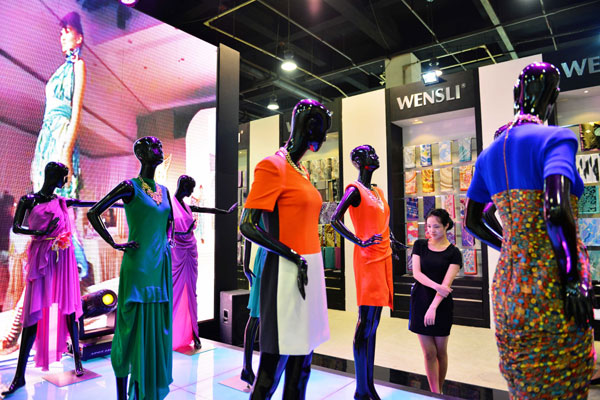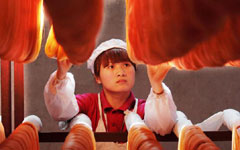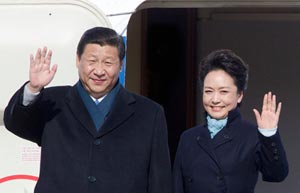|
 |
|
Silk has been a pillar industry of Hangzhou for more than 1,300 years. The city is said to contribute a quarter of the world's silk supply. Photos provided to China Daily |
Can Hangzhou's fashion products capture the allure of Hermes?
For a product that has been a staple of East-West trade for more than 2,000 years, it has an elegant allure that never seems to show any signs of age.
Gracing catwalk clothing in the world's fashion capitals and adding a dash of class to attire everywhere else, silk takes some beating.
|
 |
|
 |
A report issued by China International Silk Forum, held in November, reckoned that over the past decade China made nearly 80 percent of the world's silk. Among the Chinese cities that contribute to that mountain of fabric is Hangzhou, which is said to provide a quarter of the global supply.
In the first half last year, the city exported 44.2 million tons of silk, worth $439 million, the city's customs office says.
"Silk has been a pillar industry of Hangzhou for more than 1,300 years, since the Tang Dynasty (618-907)," says Fei Jianming, chairman of Hangzhou Silk Association. "Hangzhou silk now accounts for 30 percent of the domestic market share. There are more than 1,000 silk companies in the city."
The industry went through a downturn in the 1990s and the early 2000s. Now the city's silk makers have the opportunity to increase their global influence, he says. However, a lot more innovation and creativity are needed to take the industry up the value chain.
"Silk, with its cultural background and scarcity, has long been a fabric of choice among upmarket Westerners, but the industry in Hangzhou, as large as it is, has failed fully to capitalize on that."
In US dollars, the foreign exchange earned through the city's silk exports is only 8 percent that of Italy's and no more than 10 percent of South Korea's, he says.
Tu Hongyan, chairwoman of Wensli Group, the largest silk maker in Hangzhou in terms of sales revenue, says that while China produces the vast majority of the world's silk, it does not have a self-run silk brand that is known to the world.
|
 |
 |
